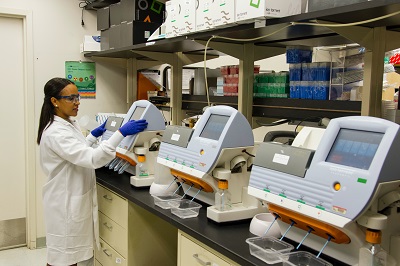To apply for Class C medical device registration with the Saudi Food and Drug Authority (SFDA) in Saudi Arabia, certain conditions and requirements must be met. Here’s an overview of what needs to be in place:
Conditions for Applying for Class C Medical Device SFDA Registration
Appoint a Saudi Authorized Representative (AR)
- Non-Saudi manufacturers must have a Saudi-based Authorized Representative (AR) who is licensed by the SFDA. The AR will handle the registration process and ensure compliance with SFDA regulations.
Device Classification
- Ensure that the device is correctly classified as Class C according to SFDA classification criteria. Class C devices are those that present a higher risk and require a more rigorous evaluation.
Quality Management System (QMS)
- The manufacturer must have an ISO 13485 certification or equivalent. This certification demonstrates that the manufacturer has a quality management system in place that meets international standards for medical devices.
Technical Documentation
- Prepare a comprehensive technical file that includes:
- Device Description: Detailed information about the device, its design, and intended use.
- Manufacturing Information: Details on the manufacturing process and quality control.
- Risk Management: Risk analysis and management documentation according to ISO 14971.
- Clinical Evaluation: Clinical data showing the device’s safety and performance.
- Testing Reports: Results from relevant safety and performance tests.
- Labeling and Instructions for Use (IFU): Must be provided in both Arabic and English.
- Declaration of Conformity: Manufacturer’s statement of compliance with relevant standards and regulations.
Regulatory Approvals from Other Jurisdictions (if applicable)
- Provide evidence of regulatory approvals from other jurisdictions (e.g., CE Marking, FDA clearance) if the device has been previously approved elsewhere. This is not always mandatory but can facilitate the registration process.
Post-Market Surveillance Plan
- Develop and present a plan for post-market surveillance. This includes monitoring the device’s performance and safety once it is on the market, and reporting any adverse events.
Payment of Fees
- Be prepared to pay the registration fees as specified by the SFDA. These fees cover the review and processing of your application.
Compliance with SFDA Regulations
- Ensure compliance with all SFDA regulations and guidelines related to medical device registration. This includes following the procedures for submission, responding to queries, and adhering to regulatory requirements throughout the lifecycle of the device.
Electronic Submission
- The application must be submitted electronically via the GHAD portal, so ensure that you have access to the portal and are familiar with its functionalities.

Contact Us:
Whatsapp or Wechat:+86 15816864648;email address:hito.lin@grzan.cn
.png)
.jpg)

.png)

.png)